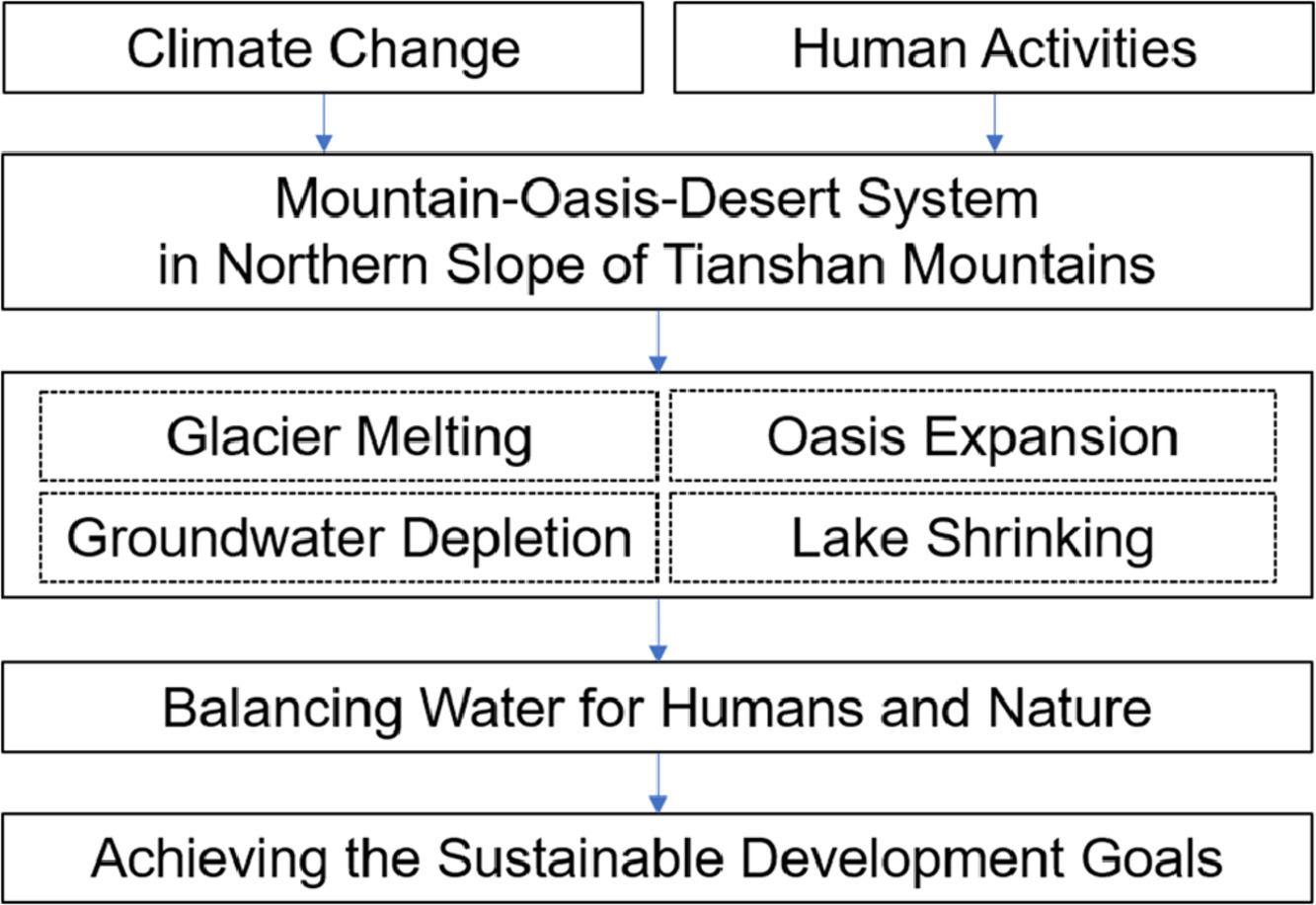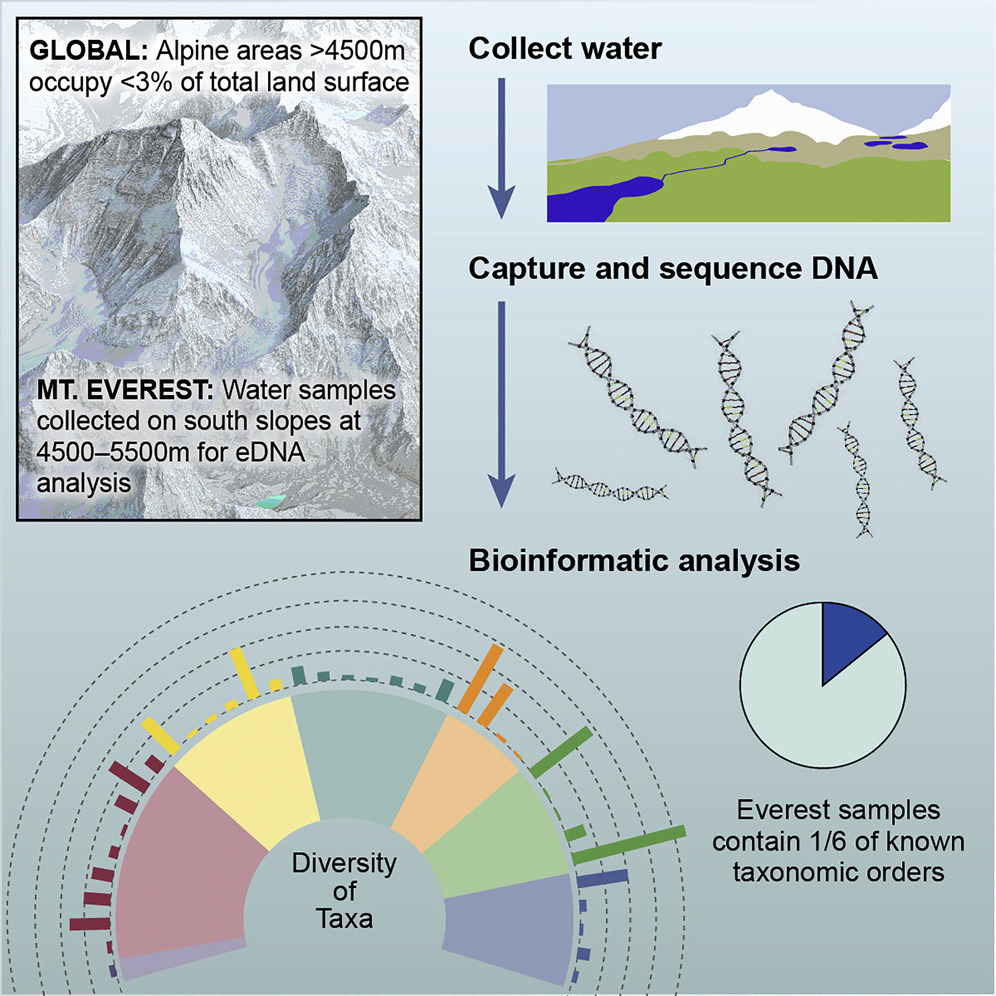With the aging global population, the relationship between older people and their residential environments is increasingly important. This relationship is based on the match between the individual characteristics of a person, their needs and expectations, and the characteristics of their environment. By creating access to various health improvement factors and exposure to various risk factors, the conditions under which an individual ages can be modified. This helps to accelerate or decelerate the process of incapacitation that individuals undergo as they age. This can also reduce or reinforce socio-spatial inequalities, which underlie the preponderant role of territory and spatial policies in the prevention and promotion of healthy aging. This chapters supports the process for developing the Decade of Healthy Ageing (2020 – 2030) aligned to the Sustainable Development Goals (SDG3).
The research supports Sustainable Development Goal 3 (SDG 3) by identifying factors affecting public health, such as indoor airflow patterns and outdoor temperatures, and providing recommendations for epidemic prevention and control measures.
The study underscores the significance of indoor PM2.5-10 pollution from coal combustion as an environmental risk factor for the prognosis of COPD patients, emphasizing the need for targeted prevention and control strategies during the heating season to protect cardiopulmonary health and promote progress towards Sustainable Development Goal 3 (Good Health and Well-being).
The study suggests that exposure to PFAS may disrupt energy balance and body composition in adolescents, underscoring the importance of further research to confirm the association and mitigate potential health impacts, thus contributing to Sustainable Development Goal 3 (Good Health and Well-being).
An estimated 50 million people around the world currently live with Alzheimer's disease or other dementias, dementia being a collective term for progressive syndromes that affect various expressions of cognitive function, such as memory and emotional expression. Alzheimer’s disease accounts for the majority of cases (50 to 70%, varying by country, based on Alzheimer’s Disease International and World Health Organization figures).
Climate change is threatening water security in the Northern Slope of Tianshan Mountains, where rapid urban growth is increasing water demand. This study examines changes in temperature, glacier melt, and water use over the past 40 years, highlighting the need for effective water management to ensure a sustainable supply for both people and the environment.
Shows the distribution of flora and fauna diversity in China, suggesting priority area for conservation.
This work is the first comprehensive eDNA biodiversity survey conducted on Earth’s highest mountain, Mount Everest. Species composition in high-alpine ecosystems is a useful indicator for monitoring climatic and environmental changes at the upper limits of habitable environments, which highlights the potential importance of this study to future works in this area.
This Article supports SDG 3, 7, and 8 by showing an inverse association between air pollution attributed to disease burden and gross state domestic product for most states in India, thus highlighting the need to curtail air pollution attributed to disease burden in order to achieve sustainable economic growth.
An Article on suicide and self-harm, in the context of SDG 3, focusing specifically on the impact of the COVID-19 pandemic on presentations of self-poisoning in Sri Lanka.



